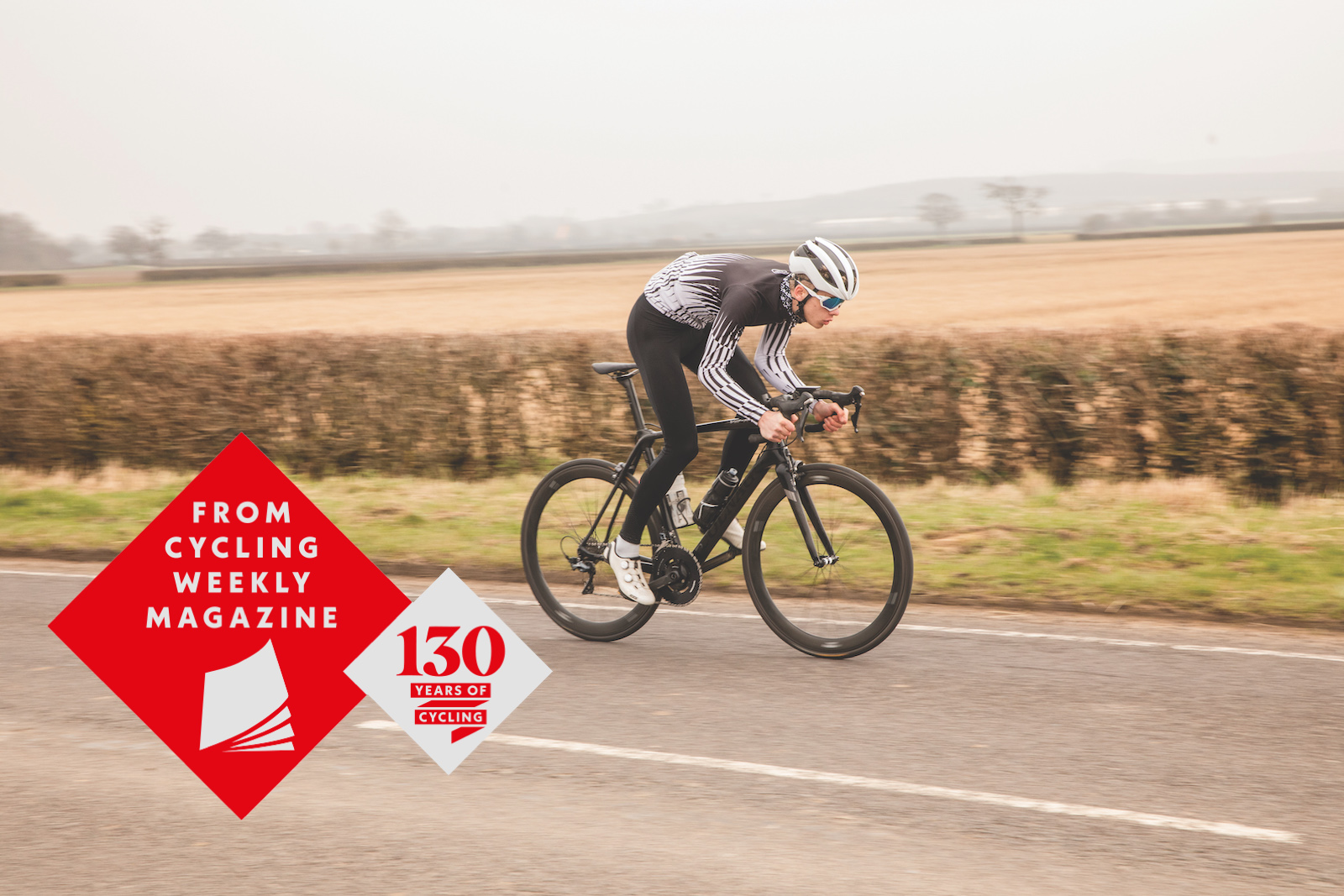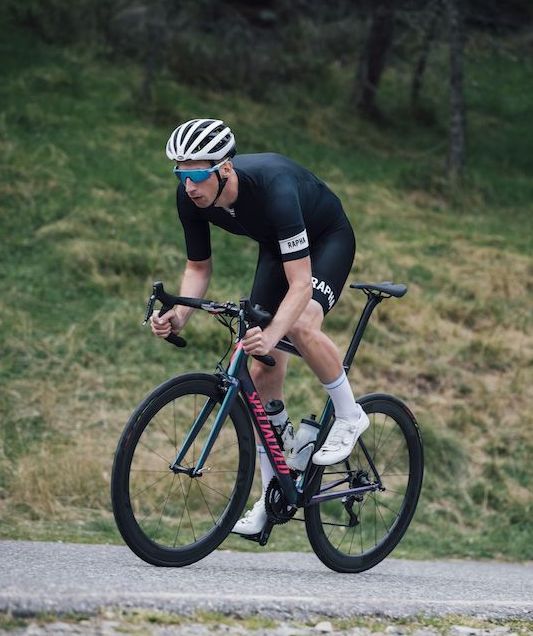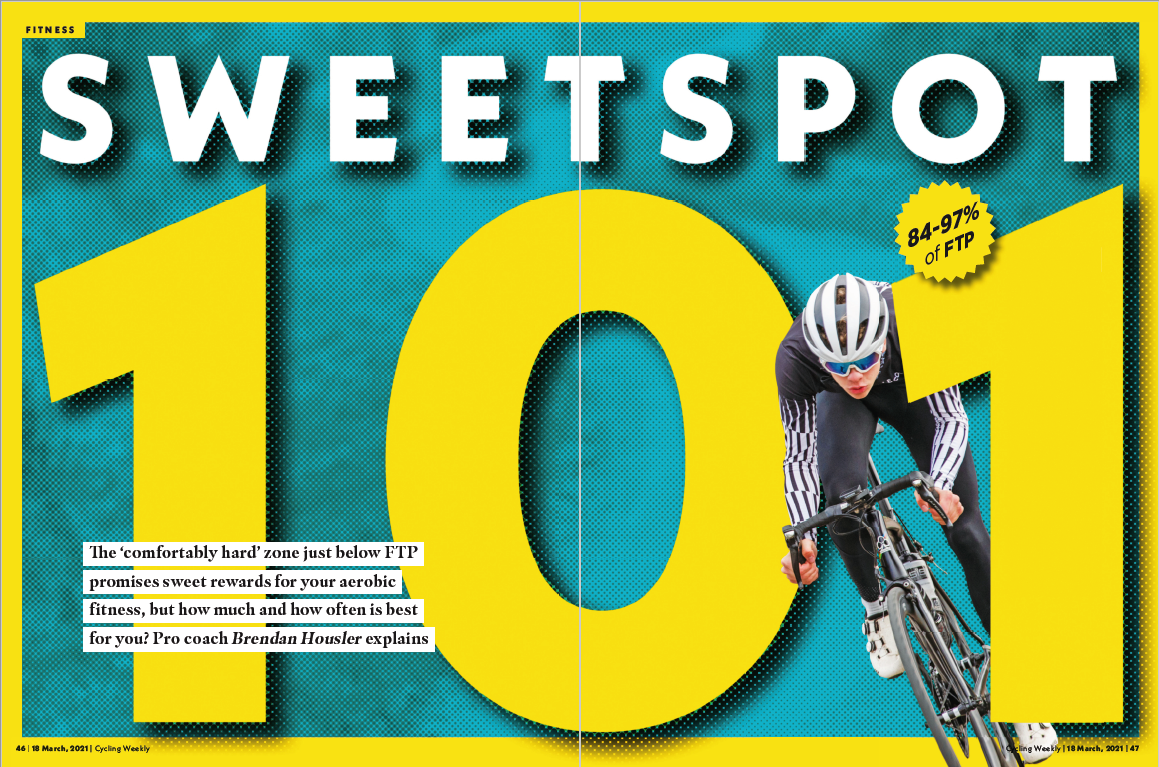How to hit your sweetspot for maximum training gains


The ‘comfortably hard’ zone may seem just right to keep fitness ticking over through these uncertain times – but it must not become your default, as Brendan Housler explains
“I need a plan this year, otherwise I’m just going to end up riding around doing random workouts,” said my mate Chris as we caught our breath at the side of the road. It was a crisp day earlier this winter, and we had just completed one of those spontaneous sprints, the kind with no clear training objective. “At best, it’ll involve trying the latest thing I’ve read about. I’m just not sure what I should be doing at the moment.”
>>>> Subscribe to Cycling Weekly magazine for the best training advice each week
As much as Chris loves riding and racing, he can’t currently justify the cost of a coach, so he started to look around at some online templates and training schedules, desperate for some structure. He was baffled by the number of different plans on offer, but one specific type caught his eye.
“I see a ton of sweetspot plans, so I’m going to give that a try. It’s the one I’ve come across the most, so it has to be good, right?” added Chris.
He’s right in one sense – sweetspot training plans are extremely popular, and understandably so during these uncertain times when many of us still don’t have any race targets on the calendar, but how much can we rely on this level of intensity to maintain and build our fitness? Let’s dig a little deeper to understand how you can use sweetspot training to get faster in 2021.
The first question is, why do I need to do sweetspot intervals? This intensity of training provides many of the adaptations that threshold intervals provide, but cause less fatigue and less stress on the body. Making fitness gains is always a balance between intensity and volume, and most athletes are able to do more volume at sweetspot than at threshold, simply because the stress is less and mentally it’s less forbidding.
Get The Leadout Newsletter
The latest race content, interviews, features, reviews and expert buying guides, direct to your inbox!

The rest of this article can be read in the March 18 issue of Cycling Weekly, on sale now in shops and available to order online. You can also subscribe for £28.99 for 12 weeks worth of issues.

Thank you for reading 20 articles this month* Join now for unlimited access
Enjoy your first month for just £1 / $1 / €1
*Read 5 free articles per month without a subscription

Join now for unlimited access
Try first month for just £1 / $1 / €1
Follow on Twitter: @richwindy
Richard is digital editor of Cycling Weekly. Joining the team in 2013, Richard became editor of the website in 2014 and coordinates site content and strategy, leading the news team in coverage of the world's biggest races and working with the tech editor to deliver comprehensive buying guides, reviews, and the latest product news.
An occasional racer, Richard spends most of his time preparing for long-distance touring rides these days, or getting out to the Surrey Hills on the weekend on his Specialized Tarmac SL6 (with an obligatory pub stop of course).
-
 'This is the marriage venue, no?': how one rider ran the whole gamut of hallucinations in a single race
'This is the marriage venue, no?': how one rider ran the whole gamut of hallucinations in a single raceKabir Rachure's first RAAM was a crazy experience in more ways than one, he tells Cycling Weekly's Going Long podcast
By James Shrubsall
-
 Full Tour of Britain Women route announced, taking place from North Yorkshire to Glasgow
Full Tour of Britain Women route announced, taking place from North Yorkshire to GlasgowBritish Cycling's Women's WorldTour four-stage race will take place in northern England and Scotland
By Tom Thewlis